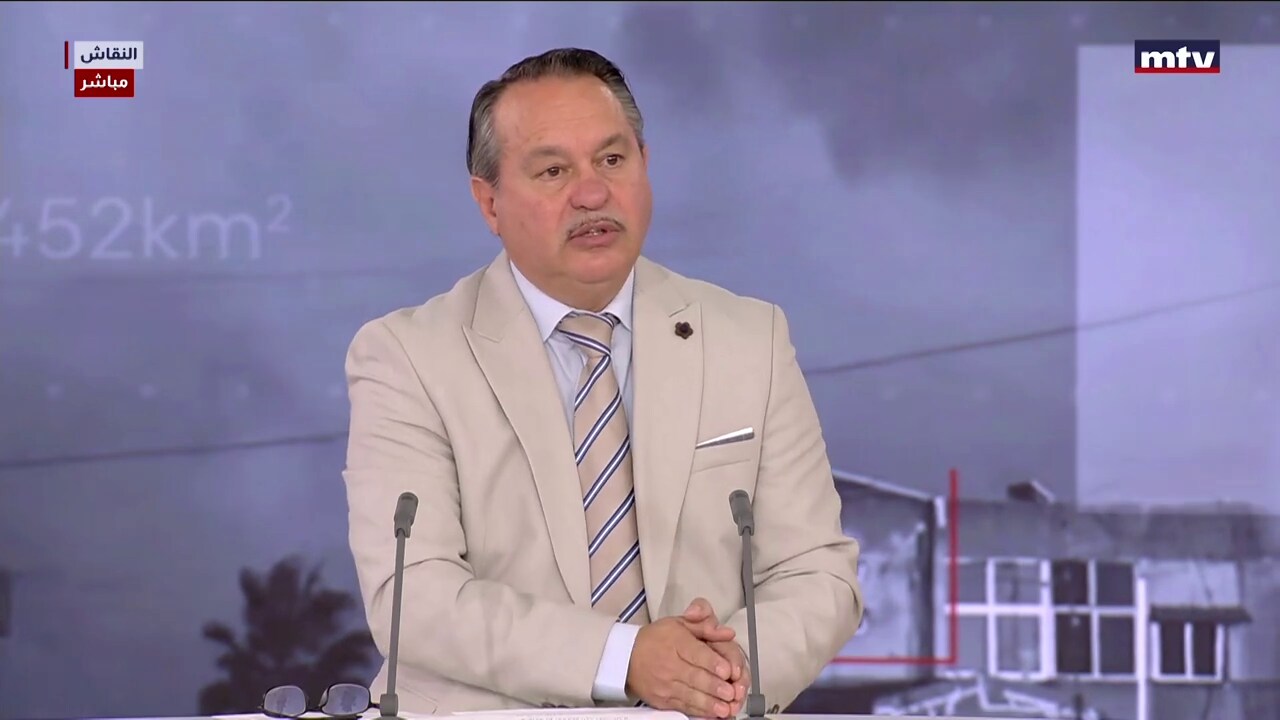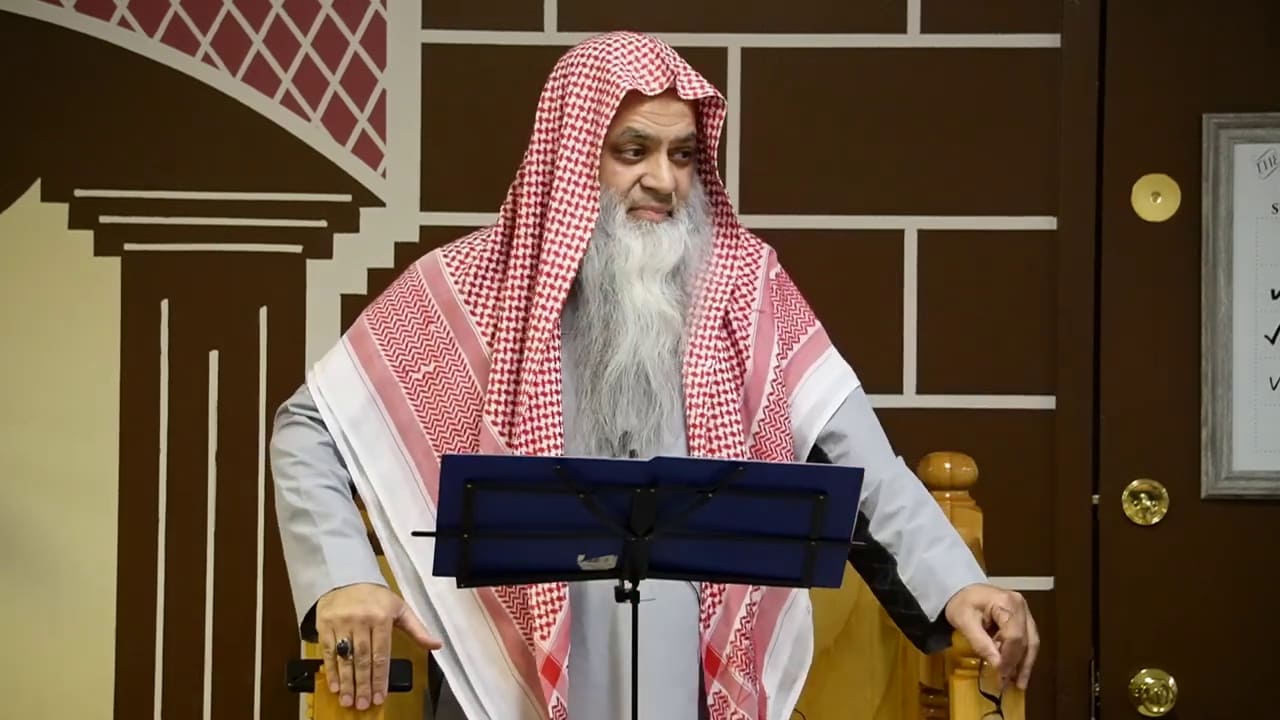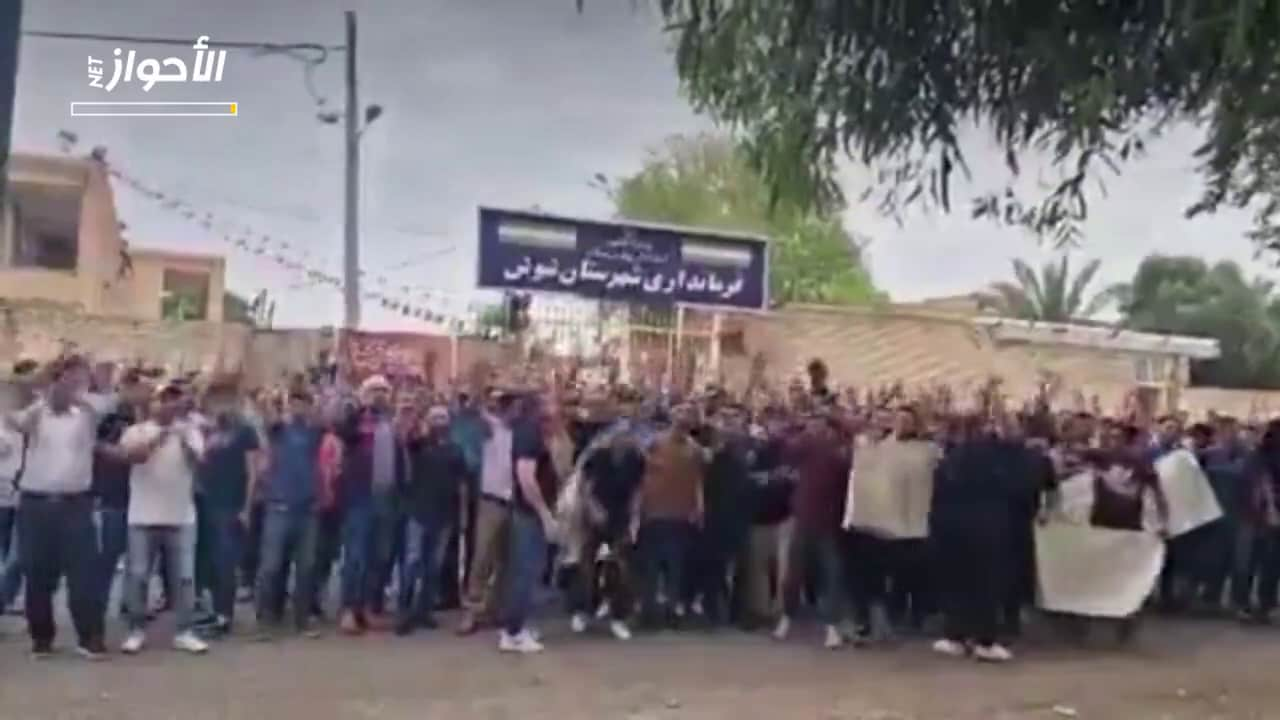
In a press conference aired on Iran's IRINN TV on January 9, 2020, General Amir Ali Hajizadeh, commander of IRGC Aerospace Force said that the missile strikes against American bases in Iraq are just the beginning of revenge operation, which will continue throughout the region. General Hajizadeh said that Ayn Al Asad Air Base was ultimately chosen as a target because the original target, Camp Taji, is located near Baghdad and Iran did not want to disturb any Iraqi civilians with the noise from the attack. Demonstrating on aerial photographs of the air base, General Hajizadeh said that Iran could have struck the barracks and the areas where the troops were located, however Iran's goals was not to kill U.S. soldiers. Despite this, he insisted, many U.S. soldiers were killed. General Hajizadeh said that the U.S. did not fire a single bullet in response to this attack, since "they could not cope with this." General Hajizadeh continued to say that the many wounded U.S. soldiers were evacuated to Jordan, Israel, and Baghdad. In addition, he said that Iran initiated an "important electronic warfare operation," taking control of American drones in the vicinity of the air base and destroying American lines of communication and video. General Hajizadeh turned to the American public, recommending they apply pressure on their leaders to leave the region. General Hazijadeh also urged the leaders of the Arab countries to follow the Iraqi example and resolve to expel U.S. forces from the region. He continued to say that if countries such as the UAE, Oman, Kuwait, Bahrain, and Qatar do not decide to expel American forces, the "groups of resistance" will force this decision upon them. General Hajizadeh said that "the blood of the Martyr Soleimani will cause a flood and tsunami" that will drown the Americans and anyone who opposes their expulsion from the region. General Hajizadeh was speaking in front of an Iranian flag, accompanied by the flags of all the Iranian-backed militias in the region.
Amir Ali Hajizadeh: "Avenging the blood of the martyr Soleimani and the other dear martyrs was a step that was necessary. As the honorable Leader said, the [ultimate] revenge for the blood of the martyrs will be the expulsion of the Americans from the region. The step taken by the Aerospace Force, the Martyr Soleimani Operation, and the landing of missile strikes against one of America's most important bases is just the beginning of this great operation. This is an operation that will continue throughout the region, inshallah.
[...]
"Within less than an hour [after Soleimani was killed], we were able to identify the bases that played a role in the terror attack the turned Hajj Qasem Soleimani and his comrades into martyrs. The bases that were involved [in the operation] were Camp Taji, Ayn Al Asad Air Base, Muwaffaq Salti Air Base in Jordan, and Ali Al Salem Air Base in Kuwait.
[...]
"Our first choice for the confrontation and for the beginning of our great revenge for the blood of the martyrs was Camp Taji. However, later on, perhaps a few hours before the operation, we changed the target and chose Ayn Al Asad Air Base. We did this because Camp Taji is close to Baghdad, close to Al-Kazimayn. It is a joint base shared by the Iraqis and the American forces. We were a bit concerned that the missile strikes and the explosion of the warheads would disturb civilians because of the noise. The sound would have certainly been heard in Baghdad and Al-Kazimayn. This is why we gave up on this and chose Ayn Al-Asad Airbase, which is the largest American military base in the region, not just in Iraq.
[...]
"We could have struck the barracks and the areas where the forces are located. These [structures] were all familiar to us. However, our goal was not simply to kill. They may have had many casualties there. I'll explain later. But our goal was not to kill. We wanted to deal a deadly blow to America's war machine, to their command and control center, and to their main capabilities and investments. Our main goal was not to kill, although this did happen.
[...]
"You may ask why we didn't strike all the bases all at once. We created a lack of security for them. For example, if there were five hangers, we told ourselves that we would only strike one or two of them.
[...]
"All of our missiles hit their targets. It is interesting that they didn't even shoot a single bullet. Not a single bullet was shot at our missiles, even though they had many planes in the air and many capabilities deployed. They could not cope with this. Some say that they evacuated the areas ahead of time. Look, after the operation, there were at least nine sorties made by C-130 planes that were used to evacuate the wounded to Jordan and the Zionist regime. Everything is documented – wounded people who were evacuated. A large number of Chinook helicopters brought wounded people to Baghdad, to the American hospital that is close to the U.S. Embassy. I've already mentioned that our goal was not to kill, but we know that many [Americans] were killed. The Pentagon spokesperson said that there are evaluating the damage and the number of people killed. They themselves said this. If the lie that the American President said is true, then they must let journalists in... Why isn't he letting journalists in? He didn't let anybody in. Even Iraqis weren't allowed in.
[...]
"After the missile strikes, and using special equipment that we prepared ahead of time, we initiated an important electronic warfare operation. It started almost 15 minutes after the operation. For a few moments, we took control of all the drones that were circling Ayn Al-Asad, and we destroyed the Americans' communications and video links. This really scared the Americans.
[...]
"In total, we launched 13 missiles, but we were ready to launch several hundreds during the first hour or two. Several hundred. We think that had the operation continued... We had estimated that this conflict would last two or three days, or perhaps a week, as a limited conflict, and this is assuming that the conflict did not escalate. If both sides had not shown restraint, then it seems that it would have lasted 3-7 days. Under these conditions, we would have been ready to launch several thousand [missiles].
[...]
"I recommend that the American public learn a lesson from the operations and events of the last few days, to apply pressure on the American leaders – their rulers – and to leave this area at minimal cost. It would be in their interest to leave voluntarily – not only Iraq, but also Afghanistan and the Arab countries. Because remaining here... What I know from the resistance axis, and from new axes that are forming in the region... The [Americans] will leave this region with damages, and in an embarrassing fashion. My next recommendation is for the region's Arab countries.
[...]
"The Americans never started a war for your sake – nor will they do so in the future – they didn't even start a war for their own sake. This is America. This is what scared you. We have no issue with the Arab rulers in the region. I ask the people of the region's countries, similar to the decision of the Iraqi parliament... The Iraqi public decided to expel the Americans, and [other Arab countries] should do the same. The Kuwaitis need to decide. The Emiratis need to decide. The Qataris need to decide. The Bahrainis need to decide. The Omanis need to decide. The Jordanians need to decide. The Afghans need to decide. Make a decision! If you do not make this decision, the groups of the resistance will force it upon you. [The Americans] need to leave the region. The decision has been made. The blood of the Martyr Soleimani will cause a flood and tsunami that will drown [the Americans] and those who oppose [their expulsion]. This will happen.
[...]
"Look, if we had decided to kill many [Americans], we could have planned and killed at least 500 of them. If they would have then retaliated, our circumstances would have changed...
[...]
"I think that within 48 hours, we could have killed at least 5,000 Americans."

















